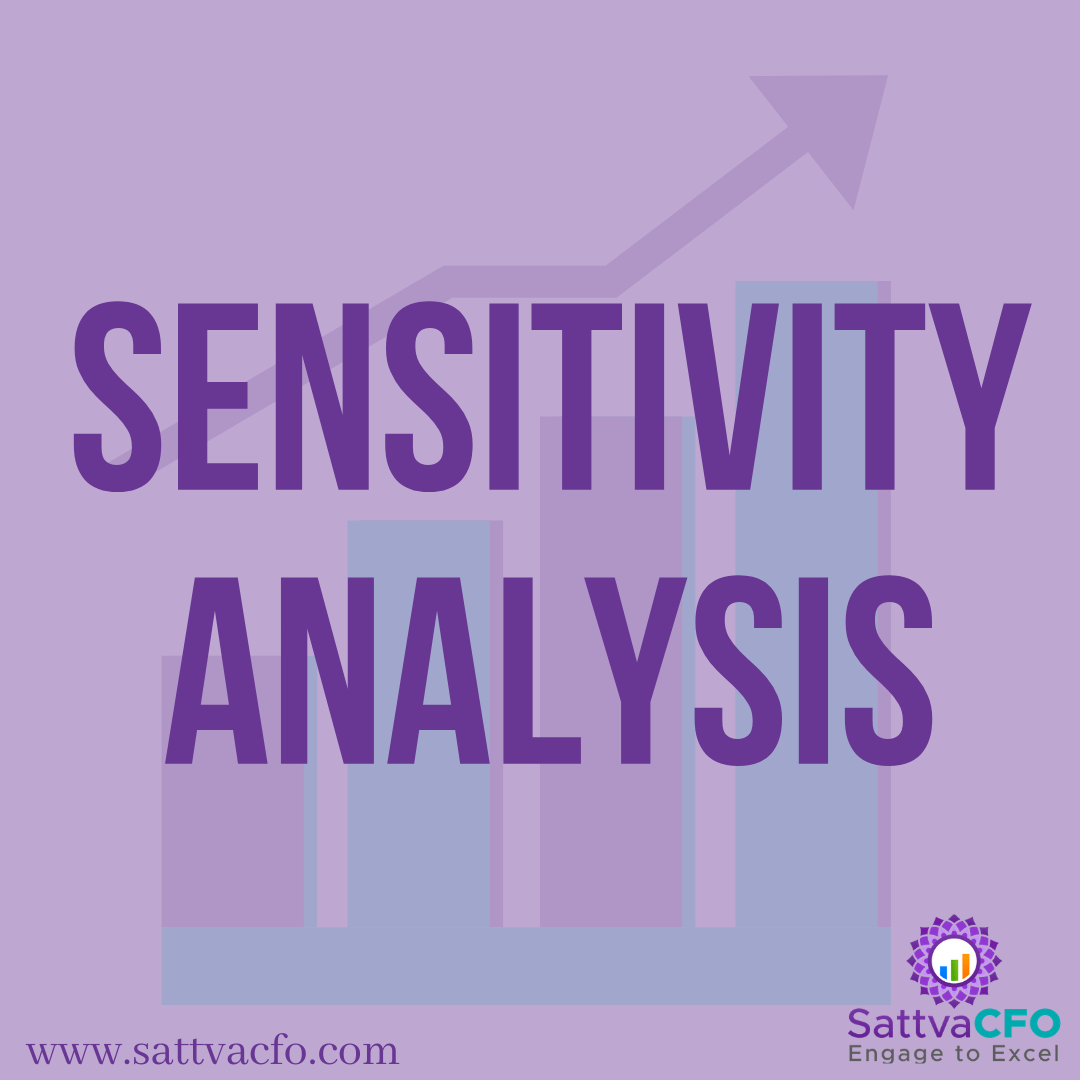Sensitivity Analysis considers the inherent uncertainty in mathematical models where the values of the model’s inputs can fluctuate. It is the analytical tool that complements uncertainty analysis, and the two are frequently employed in tandem. All models constructed and studies conducted to draw conclusions or inferences for policy decisions are predicated on assumptions about the validity of the inputs utilized in calculations. Also this articles deals with Sensitivity Analysis definitions, examples and finance.
Sensitivity Analysis
Sensitivity analysis is a financial model that reasons the changes in other factors, known as input variables, affect target variables. What-if or simulation analysis is the term used to describe this model. It is a method of predicting the result of choice based on a set of variables. An analyst can realize how changes in one variable affect development by constructing a collection of variables. When sensitivity analysis is performed, both the target and input—or independent and dependent—variables are thoroughly examined. The individual conducting the Analysis examines how the variables change and how the input variable affects the target.
How does Sensitivity Analysis work?
The wide-ranging techniques include:
Differential sensitivity analysis:
Direct technique is also used. Simple partial derivatives are solved for temporal sensitivity analysis. Although computationally efficient, solving equations is an arduous task.
One-on-one sensitivity measures:
It is the most fundamental method with partial differentiation, where different values are taken one at a time. It is sometimes termed regional Analysis, as it is only an indicator for the estimations of the addressed location and not the entire distribution.
Factorial Analysis:
Select a set number of samples for a specific parameter and then run the combination model. The outcome is then used to perform sensitivity parameters.
Advantages
Making use of sensitivity analysis has a variety of advantages for decision-makers. First and foremost, it serves as a comprehensive examination of all variables. Because it is more detailed, the projections may be more accurate. Second, it allows decision-makers to see where they may make future changes. Finally, it enables people to make informed decisions regarding businesses, the economy, and their investments.
Disadvantages
There are a few drawbacks to using a model like this. First, because the variables are all based on historical data, the outcomes are based on assumptions. This means there’s potential for mistakes when applying the Analysis to future predictions because it’s not perfectly correct.
Best Practices
- Layout in Excel
- Direct versus indirect methods
- Tables, charts, and graphs
Applications
Sensitivity Analysis can be helpful in various circumstances, such as forecasting or predicting, as well as determining where process changes or adjustments are needed. However, because past results do not always predict future outcomes, using historical data for forecasting can occasionally produce misleading findings. Here are a few examples of how sensitivity analysis is used.
Sensitivity analysis can be used in the business world to enhance judgments based on specific calculations or models. For example, a corporation can use sensitivity analysis to determine the best data to collect for future investigations, such as evaluating basic assumptions about investment and return on investment (ROI) or optimizing asset and resource allocation.
The use of models by managers and decision-makers is one of the most important uses of sensitivity analysis. Only by doing sensitivity analysis repeatedly can all of the content required for the decision model be fully utilized. In addition, it aids decision analysts in comprehending the uncertainties, advantages, and disadvantages, as well as the limitations and breadth of a decision model.
The majority, if not all, decisions are made in the face of ambiguity. It is the best decision-making solution for varied approximations in parameters. One method is to replace all uncertain parameters with expected values and then perform a sensitivity analysis. If a decision-maker indicates how sensitive the choices will be to changes in one or more inputs, it will be a relief.
FAQ’s on Sensitivity Analysis
Sensitivity Analysis vs. Scenario Analysis
Scenario Analysis is the technique of estimating an investment’s future worth dependent on changes to existing variables. It requires one to study the impact of varied market conditions on the entire project or investment.
In contrast, Sensitivity Analysis examines how a decision’s outcome changes due to input alterations—used in the circumstances based on one or more input variables. For example, inflation, interest rates, and credit ratings may affect bond values.
What is Risk Analysis?
Risk Analysis determines the probability of an undesirable event occurring in the private, public, or environmental sectors. Risk analysis is the examination of the inherent uncertainty associated with a particular course of action. It encompasses the uncertainty associated with forecasted cash flows, the variance of portfolio or stock returns, the probability of a project’s success or failure, and possible future economic states.
How can SattvaCFO support Sensitivity Analysis?
SattvaCFO experienced professional can do Sensitivity Analysis in financial modelling for your organization. Please contact us.
Also read




